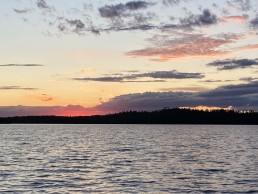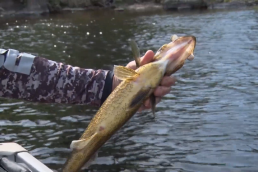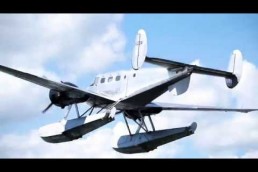The Twilight Walleye Bite in Canadian Shield Lakes
SHARE THIS POST
Walleyes abound in rocky natural lakes along the Ontario border-Minnesota, and elsewhere throughout rocky Canadian waters. Many of these lakes and rivers have tannic, stained water that promotes a relatively shallow daytime bite using jigs, spinner rigs or other lures in about 8 to 20 feet of water.
Other lakes in this region, however, are deep, clear and cold, with some supporting lake trout in their immense depths. Daytime walleye bites tend to be deep—like 30 or 40 feet—on rocky structures lying just above the thermocline. Midday fishing tends to be notoriously tough—if, in fact, you can find biting fish at all. Rumors abound of big walleyes topping 10 pounds… but where the heck are they, and how do you catch them?
You can try deep vertical jigging with jigs and soft plastics; but chances are, designated trout lakes do not permit the use of live minnows, although dead or freeze-dried baits come to mind. Or livebait rig with live nightcrawlers or leeches, if you can find them, keep them alive and transport them into remote Canadian Shield waters.
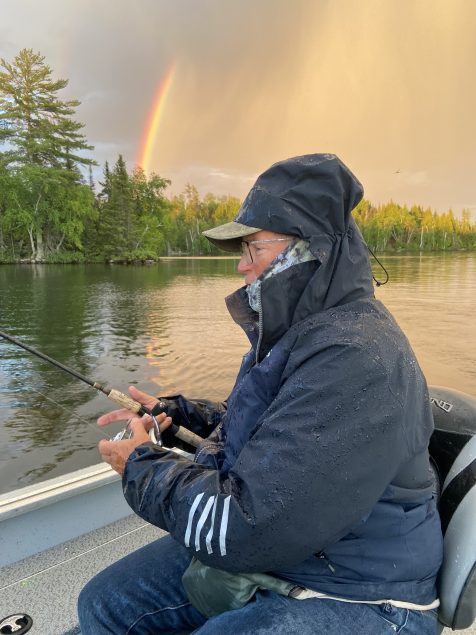
Otherwise, you can vertically jig with Jigging Rapalas, jigging spoons, blade baits or heavy rattlebaits that sink like a stone to bottom and vibrate like crazy when you pump your rod upward. You could try longline trolling deep-diving crankbaits, or trolling minnow lures or spoons deep behind Dipsey Divers or other diving planers, and perhaps nab a fish or two down there with the lake trout.
While all have merit, they tend to be a longshot for walleyes. So, what’s a walleye angler to do?
Rather than fishing during the day, why fight the bite and not fish during lowlight levels at morning and evening, and particularly from twilight on into the early night. That’s when the big ‘eyes come out to play in these lakes. Smaller ones, too.
When the sun is at the top of the trees, slowly sinking into the west behind pine- and granite-studded shorelines, everyone else in camp is heading in before it gets too dark to see treacherous reefs poking their noses above the surface; or worse yet, nasty reefs lurking barely inches below, just waiting to eat your propellor and ruin your vacation. However, if you can do so safely, plot a GPS course between camp and potential fishing areas within a few miles that allows you to navigate safely to and from your spots.
Many lakes have good onscreen maps in conjunction with GPS. Others don’t. The best you might have available are a few floating jugs placed atop dangerous rocky spots by camp operators or lakeshore cabin ownerss. You can see them by day—but not at night. But if you plot safe GPS trails to and fro during the day, you can safely re-run those same courses under modest speed at night.
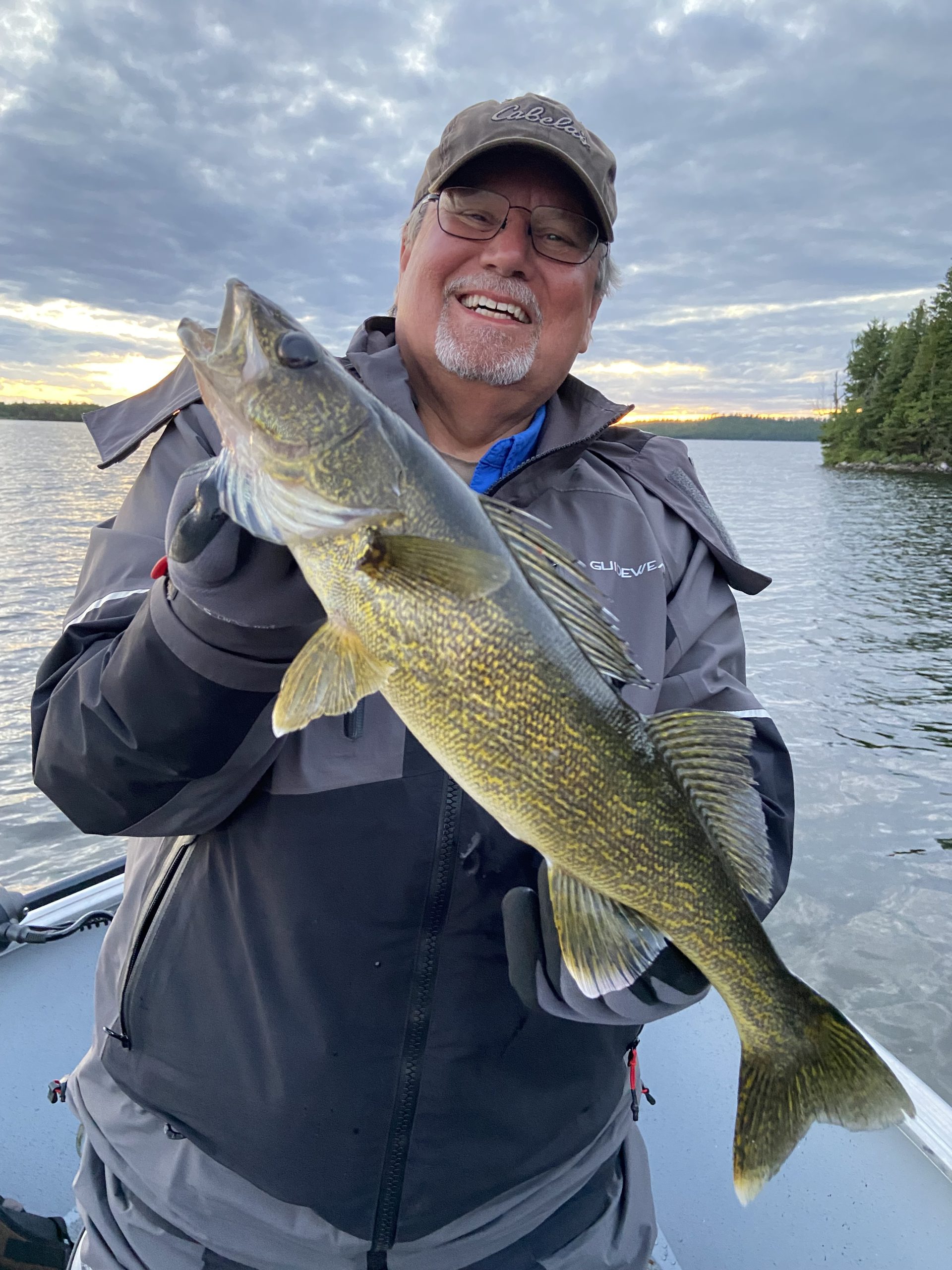
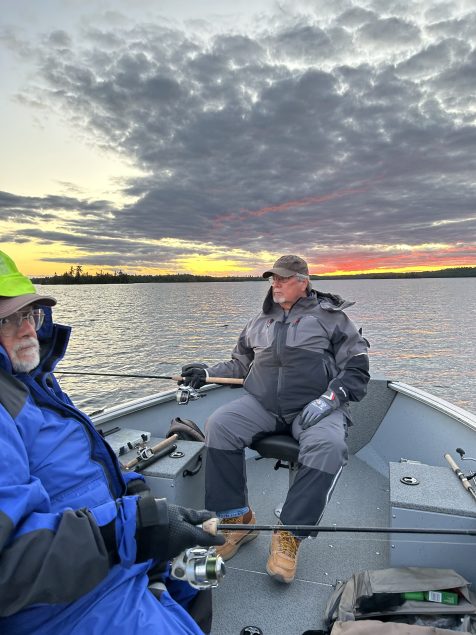
Are you enjoying this post?
You can be among the first to get the latest info on where to go, what to use and how to use it!
Also, simplify your fishing approach. We’re primarily talking about longline trolling shallow-running crankbaits along shorelines where walleyes are likely to move shallow to feed in 5 to 10 feet of water at night. It’s easiest if you have access to an electric motor and have access to recharge your battery during off hours. If not, put your outboard in idle speed, let out your crankbait behind the boat on about 50 to 75 feet of line, close your reel and troll, pretty much following the 6- to 10-foot level at around 1.5 to 1.8 mph. Shift in and out of gear if necessary to prevent running too fast. If you can feel your lure wiggling but not throbbing, you’re in the ballpark.
Handhold your rod for best results; you’re not trying to run a spread of planer boards, but rather relying on controlling one lure per angler while avoiding snags. With two anglers, fish one off either side of the boat. With three, the rearmost angler in the boat should fish directly behind the outboard, with the others on opposite sides of the boat.
Watch your electronics and make required, subtle speed and direction changes as necessary. Look for signs of baitfish and possibly even occasional larger fish. If you see submerged trees or shallowing rocks on your screen, weave slightly deeper until your lures pass the trouble spot. Then slide the boat back shallower again.
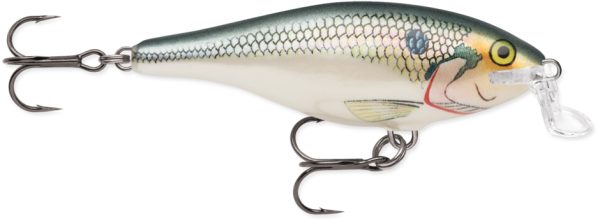

Due to the shallow water and potential snags, stick with smaller, shallow-running, high-flotation balsa lures like #4 or #5 Rapala Shallow Shad Raps, or # 11 Original Rapala Minnows, which tend to run pretty shallow, above snags. The wide lips on Scatter Raps are surprisingly resistant to rock snags; just ease off tension on snagged lures and they usually float back up on their own. In any case, if you see a potential snag looming on your screen, remember that your lure is still 75 feet behind the boat. Shift into neutral, allow your lure to rise above the snag’s level, creep out a little deeper, then resume trolling.
Walleyes eagerly bite free-running lures at night; your lures don’t need to bang bottom. Pump your rod forward occasionally, then drop the rod tip back again to help trigger a following fish into striking. When one does, shift into neutral or simply reduce to idle speed, and patiently bring in and net the fish.
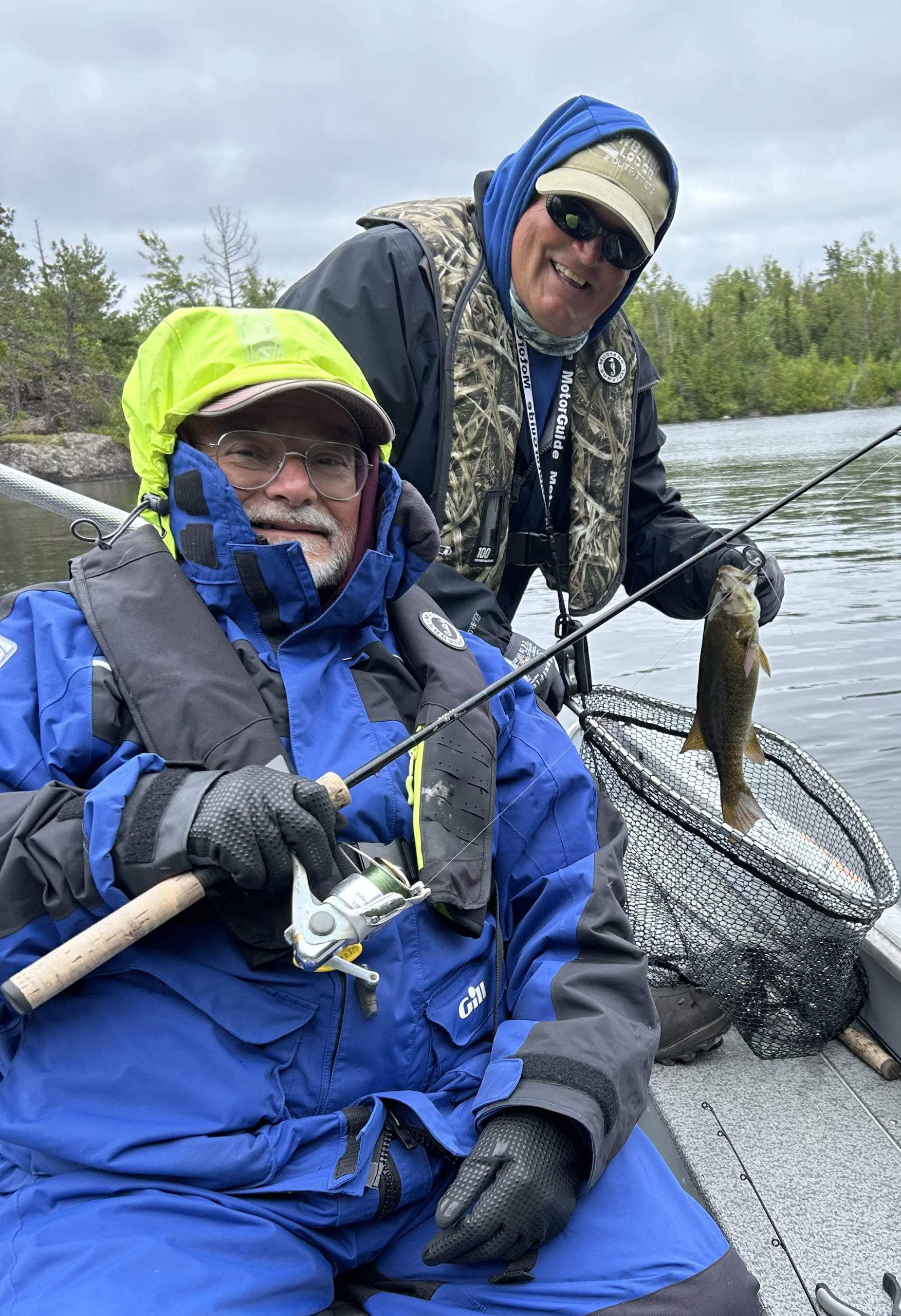
Keep things ultra-simple with one rod apiece, a couple of lures, a flashlight, landing net, pliers, a rainsuit and your cellphone/camera handy—and not much else besides a thermos of coffee. Maintain things in their assigned places so you don’t snag or step on something in the dark.
And finally… mosquitoes and black flies are ubiquitous throughout the Canadian wild. Insect repellent and headnets are essential gear, especially after dark in areas lacking light wind to keep the bugs down. A recent trip proved the worth of gloves to keep swarms of angry mosquitoes off your hands. In fact, the bugs were so bad that they were biting through the woven material on the back of the gloves. The solution was to switch left- and right-hand gloves, which places the rubberized, waterproof palms on the backs of your hands. Curling one hand around the rod handle, with the back of the hand protected by the rubberized coating, while sticking the other in your pocket, thwarted the angry beasts. I was pretty proud of that solution.
MWO
SHARE THIS POST
Did you enjoy this post?
You can be among the first to get the latest info on where to go, what to use and how to use it!
Dave Csanda
Dave Csanda has enjoyed 40 years in the fishing communications industry at In-Fisherman, Angling Edge and now, as editor of MidWest Outdoors. He is an inductee of both the Minnesota and National Fresh Water Fishing Halls of Fame.
